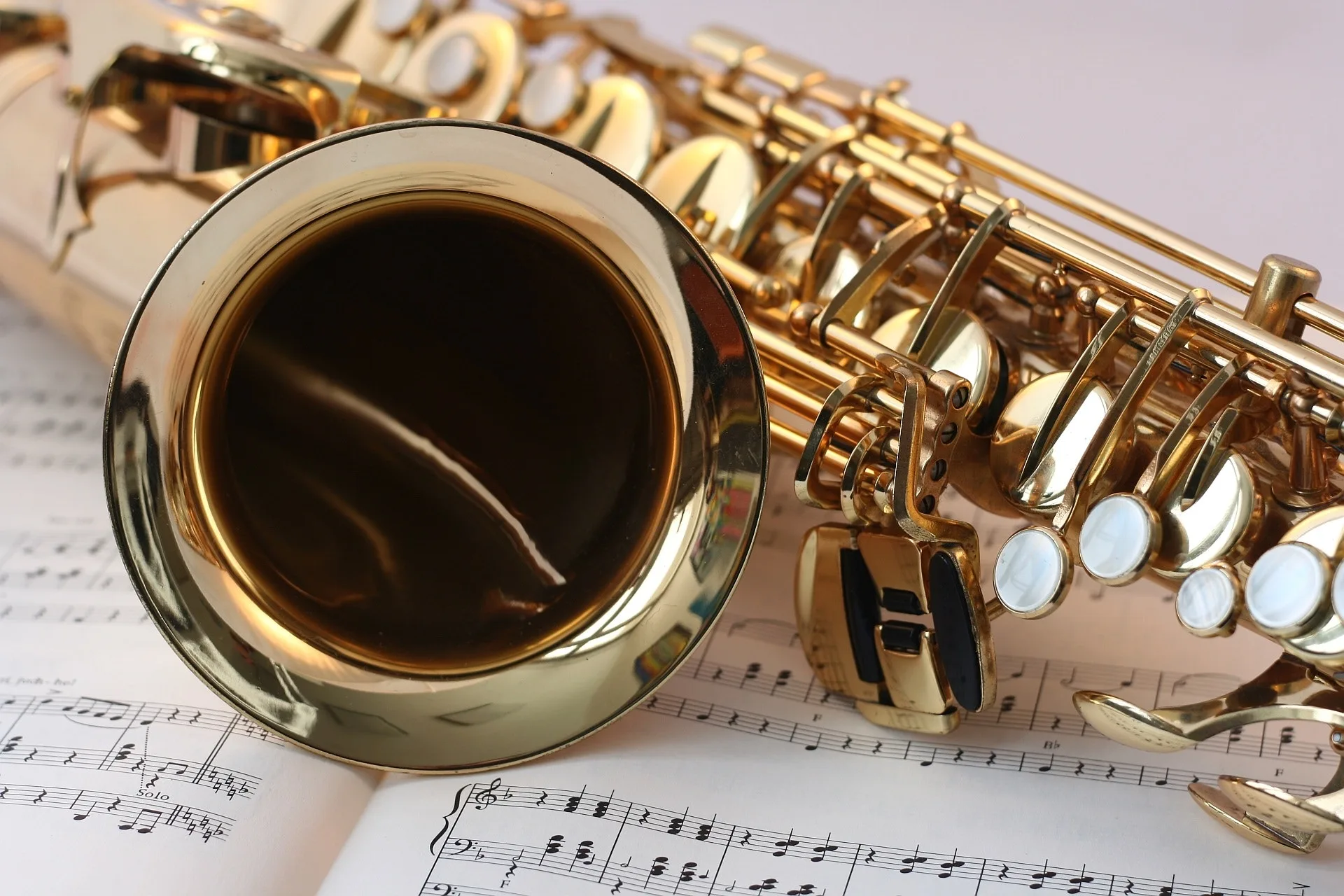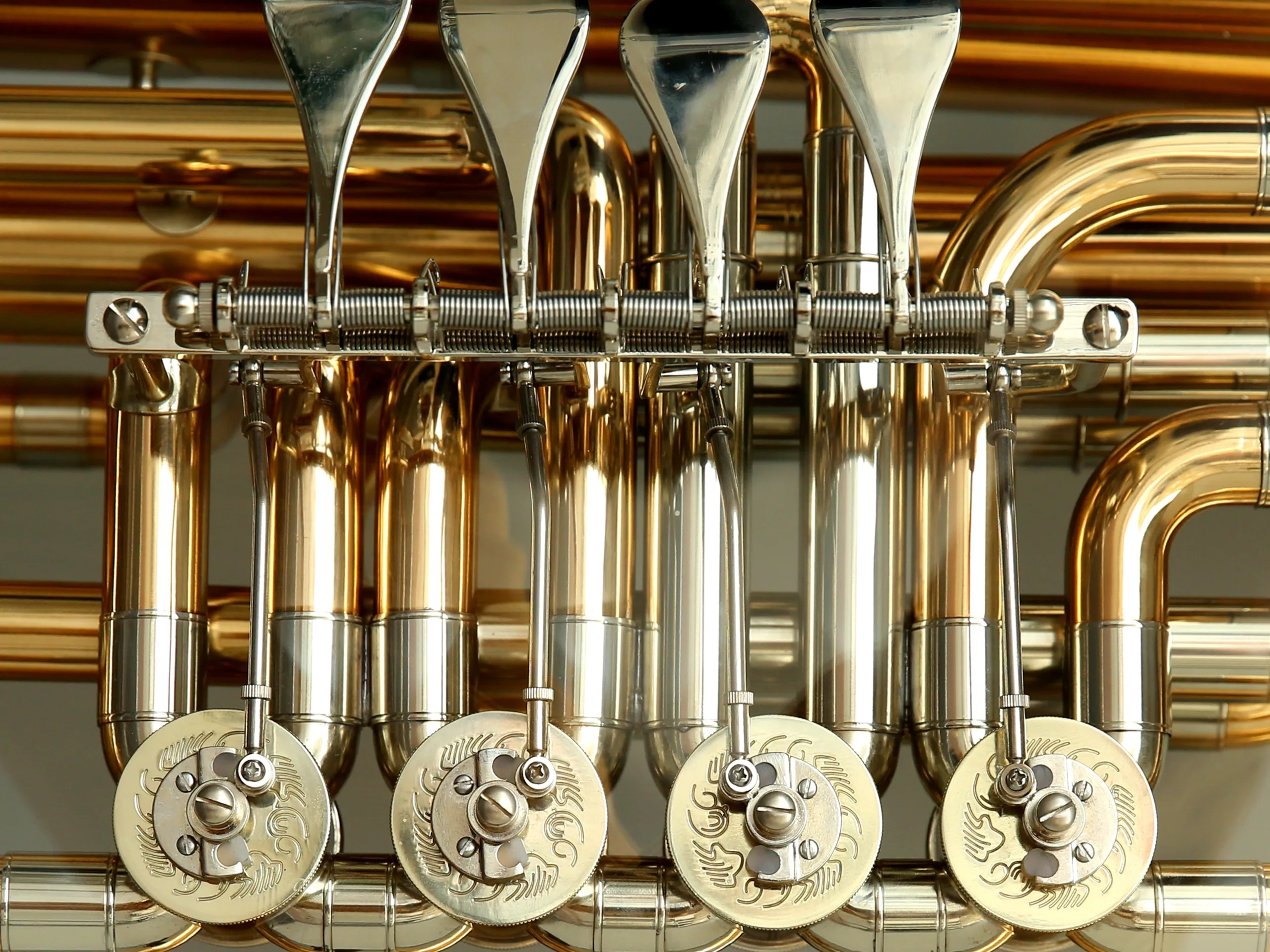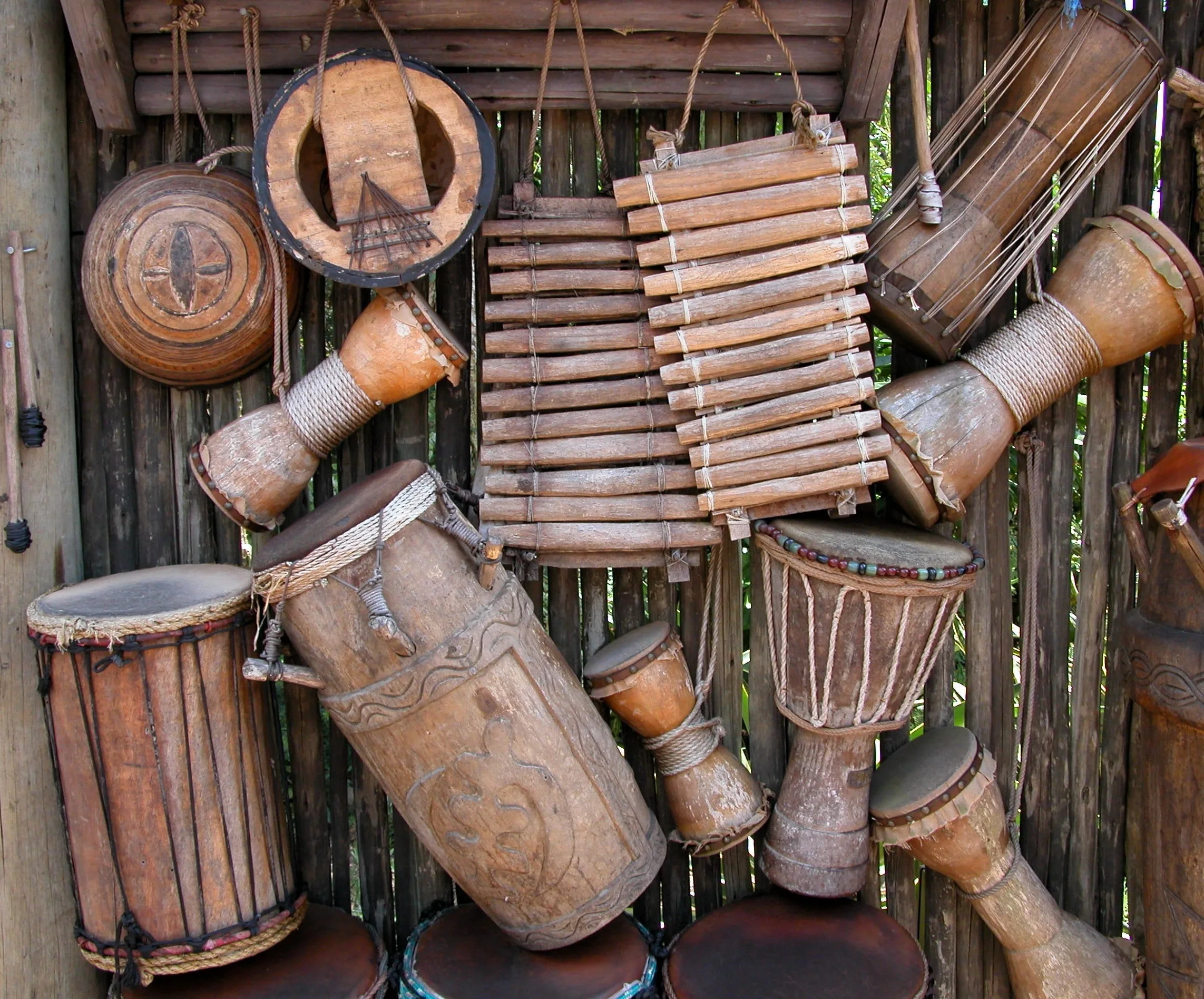In the vast symphony of music, an orchestra comes alive through the harmonious collaboration of diverse instruments. Behind every captivating melody and mesmerizing rhythm lies the intricate world of instrument families. From the elegant grace of strings to the booming resonance of percussion and the soulful expressiveness of woodwinds to the commanding power of brass, these families form the foundation of musical expression.
The families of instruments represent a classification system that categorizes musical instruments based on their construction, sound production, and playing techniques. Each family has unique timbres, characteristics, and roles in shaping the musical landscape. Understanding these families allows us to delve deeper into the rich tapestry of musical composition and appreciate the vast array of sounds they bring forth.
Whether you are a music enthusiast, a budding musician, or simply curious about the inner workings of orchestras and ensembles, join us on this captivating journey as we delve into the families of instruments. Prepare to be transported by the beauty and diversity these families bring to the music world.
The String Family
The string family comprises a wide range of instruments that produce sound through the vibration of tightly stretched strings. These instruments are played by plucking or bowing the strings, allowing musicians to create a remarkable array of melodies and captivating harmonies.
Characteristics and Unique Qualities of String Instruments
String instruments are renowned for their elegance, versatility, and ability to evoke many emotions. Some family instruments include the violin, viola, cello, double bass, and guitar, each with distinct characteristics and playing techniques.

Violin
The violin is a small, high-pitched instrument played with a bow. It has a distinct hourglass-shaped body and four strings. The violin produces delicate and powerful sounds known for its bright and expressive tone. It is widely used in classical music as a solo and ensemble instrument, showcasing its agility and versatility.
Viola
Slightly larger than the violin, the viola has a deeper and mellower sound. It features a larger body and longer strings. The viola provides harmony, a counterpoint, and a middle voice within ensembles. Its warm and rich tone lends itself well to expressive and lyrical passages, adding depth and texture to orchestral and chamber music compositions.
Cello
The cello is larger than the violin and viola, with a deep and resonant tone. It has a robust body and is played while seated, supported by an endpin. The cello possesses a wide range and an emotionally charged sound. It can evoke a broad spectrum of emotions, from profound melancholy to soaring joy. Its expressive capabilities make it a popular solo and chamber music instrument.
Double Bass
The double bass, also known as the contrabass, is the largest and lowest-pitched instrument in the string family. It has a massive body and is played while standing or seated on a tall stool. The double bass produces a rich, deep, and resonant sound that is the foundation of the orchestra’s harmonic and rhythmic structure. It is powerful and commanding, often supporting the ensemble’s tonal core.
Guitar
The guitar is a versatile string instrument with a hollow body, a sound hole, and typically six strings. It can be played with fingers or a pick. The guitar produces a wide range of tones, from gentle and melodic to percussive and rhythmic. It is popular in various musical genres, including classical, folk, rock, and jazz. The guitar’s versatility allows it to function as a solo and accompaniment instrument.
The Woodwind Family
The woodwind family of instruments is characterized by their ability to produce sound through the vibration of air within the instrument’s body. With their exquisite range of tones, expressive nuances, and melodic delicacy, woodwind instruments add depth and emotion to the musical landscape.
Characteristics and Unique Qualities of Woodwinds Instruments

Flutes
With their sleek and slender design, flutes enchant listeners with their ethereal whispers and graceful melodies. Their agility and versatility allow for expressive phrasing, seamless transitions between registers, and intricate ornamentation, making flutes essential to orchestras, ensembles, and solo performances.
Clarinets
With their cylindrical shape and reed mouthpiece, Clarinets offer soulful elegance and a wide expressive range. They bring distinct characters to the ensemble and are versatile in classical, jazz, and contemporary styles.
Oboes
With their conical shape and double reed mouthpiece, Oboes produce hauntingly beautiful and resonant sounds. They capture emotions with their melancholic melodies and add depth to compositions.
Bassoons
With their large size and double reed mouthpiece, Bassoons provide rich harmonies and a deep sonority. They are the backbone of the woodwind section, conveying a wide spectrum of emotions.
Saxophones
Saxophones’ distinctive shape and single-reed mouthpiece offer versatility and expressive power. They find their place in various genres, delivering passionate solos and blending well in ensembles.
The Brass Family
The brass family of instruments is renowned for its powerful resonance and majestic brilliance. These instruments, made primarily of brass or other metal alloys, produce sound through the buzzing of the musician’s lips into a cup-shaped mouthpiece. The brass family adds a regal and commanding presence to the musical ensemble. 
Characteristics and Unique Qualities of Brass Instruments
Trumpets
With their iconic cylindrical tubing and flared bell, Trumpets create brilliant fanfare and soaring melodies. They possess a piercing and vibrant tone that can cut through the texture of any musical composition. Trumpets excel in playing bold, energetic passages and delicate, expressive solos, making them a staple in orchestras, bands, and jazz ensembles.
French Horns
It is characterized by its coiled tubing and flared bell, which produces warm harmonies and a noble resonance. They have a rich and mellow tone that can convey a wide range of emotions, from melancholic melodies to triumphant calls. French horns are versatile instruments that blend seamlessly with other brass and orchestral sections, adding depth and complexity to the ensemble’s sound.
Trombones
Their sliding tubes and bell offer dynamic power and velvety smoothness. They have a versatile range, capable of producing commanding fortissimo blasts or gentle, lyrical phrases. Trombones are often featured in orchestras, bands, and jazz ensembles, adding depth to the brass section and contributing to melodic and harmonic aspects.
Tubas
It is the largest and lowest-pitched instrument in the brass family, providing deep foundations and mighty depths to the ensemble. Their large size and deep conical shape produce a rich and full-bodied sound. Tubas are crucial in maintaining the overall tonal balance and adding weight to the brass section. They often provide a powerful bassline and rhythmic foundation in orchestral, brass, and marching band performances.
The Percussion Family
The percussion family of instruments is essential for creating rhythmic drive and adding colorful textures to the music. These instruments produce sound by being struck, shaken, or scraped. From providing a steady beat to creating intricate rhythms and adding unique effects, percussion instruments play a vital role in various musical genres. 
Characteristics and Unique Qualities of Percussion Instruments
Drums
Drums form the foundation of rhythm, setting the pulse and driving the music forward. They come in various types, including bass drums, snare drums, and tom-toms. Each drum has a distinct sound and purpose, contributing to a musical piece’s groove and energy. Drums are commonly used in orchestras, marching bands, rock bands, and world music ensembles.
Cymbals
Cymbals add shimmering accents and explosive crashes to the musical texture. They come in different sizes and thicknesses, each producing a unique sound. Cymbals enhance the dynamics and create dramatic moments in orchestral music, jazz, and popular genres. From delicate splashes to thunderous crashes, they add a touch of excitement and intensity to performances.
Xylophones and Marimbas
Xylophones and marimbas are melodic percussion instruments with tuned wooden bars. They produce clear and distinct pitches, allowing melodic lines to be played. Xylophones have a bright and percussive sound, while marimbas have a warmer and more resonant tone. They are commonly found in orchestras, bands, and contemporary music genres, contributing melodic richness and playful elements to compositions.
Tambourines and Shakers
Tambourines and shakers provide textural embellishments and rhythmic grooves. Tambourines consist of jingling metal disks attached to a frame, while shakers produce sound from small objects inside a container. These instruments add layers of texture, create rhythmic patterns, and provide a percussive pulse in a wide range of musical styles, from folk and world music to pop and electronic genres.
Timpani
Timpani, or kettle drums, are large, bowl-shaped drums played with mallets. They produce rich and resonant tones, adding grandeur and dramatic impact to orchestral compositions. Timpani provides a rhythmic foundation and melodic accents, enhancing the music’s broad dynamic range and emotional depth.
In conclusion, the world of musical instruments is a captivating and diverse realm, filled with various families that each bring unique characteristics to the musical landscape. The string family enchants us with its delicate melodies and powerful resonance, while the woodwind family captivates us with its expressive nuances and melodic delicacy. The brass family commands attention with its majestic brilliance and powerful tones, while the percussion family drives the rhythm and adds vibrant textures to the music.
As we explore the families of instruments, we are reminded of the incredible artistry and craftsmanship that goes into their creation. From the careful selection of materials to the intricate designs, these instruments are more than mere tools; they are vessels of expression and conduits of human creativity.
So, let us embrace the symphony of life and revel in the captivating and diverse world of musical instruments, for they have the power to transport us, unite us, and awaken the deepest emotions within us. Their harmonies and melodies remind us of the universal language that transcends borders and connects us all. Let us continue to celebrate and cherish these remarkable creations, for they embody the human spirit’s boundless creativity and the essence of what makes music such a powerful and transformative force in our lives.


